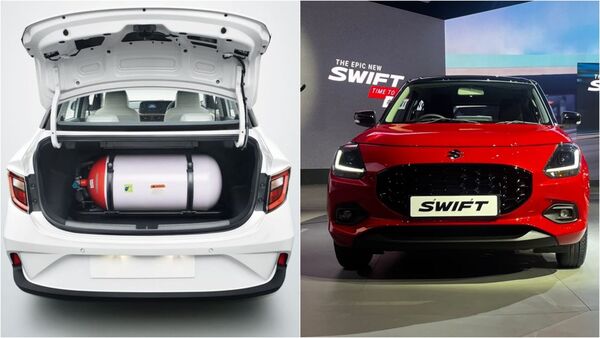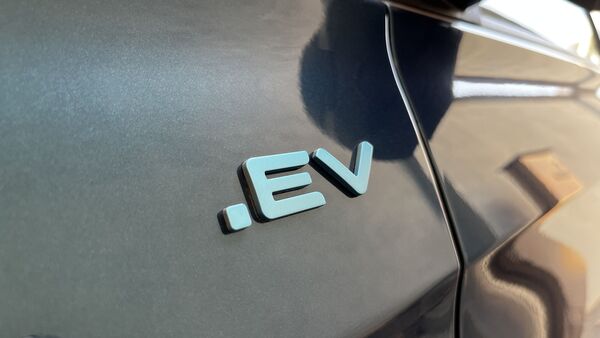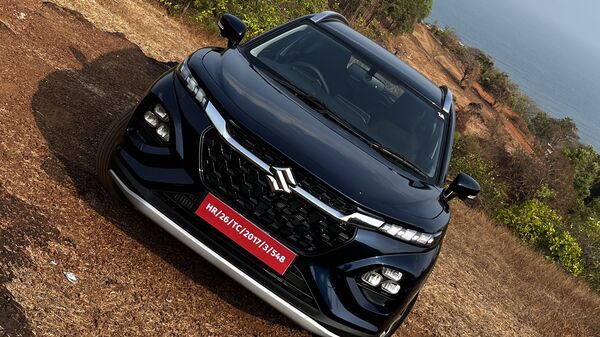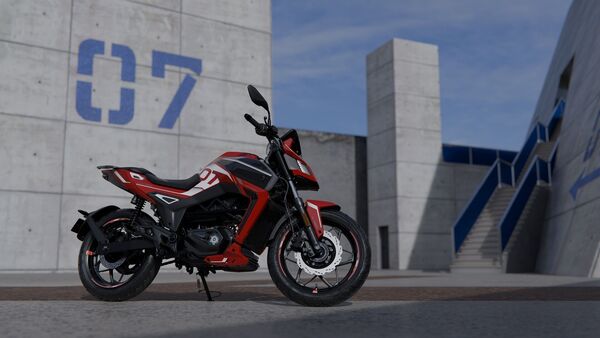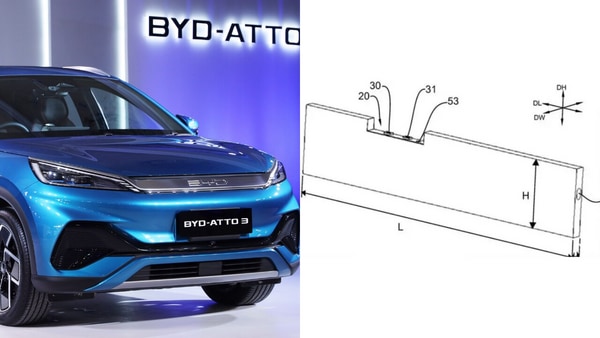
BYD Blade Battery aims for higher energy density in second generation
2 months ago | 13 Views
BYD's battery subsidiary, FinDreams, is set to unveil the second generation of its blade battery later this year, with a possible launch in August, a report by Chinese news portal, Fast Technologies reported. It claimed that the new blade battery is expected to boast a significantly improved energy density of up to 190 Wh/kg, marking a substantial upgrade over its predecessor.
The original blade battery was introduced in 2020. It offered a cost-effective alternative to traditional lithium iron phosphate (LFP) batteries, with power densities that rivalled those of NCM (nickel cobalt manganese) batteries. This was achieved by arranging individual cells in a blade-like configuration within the battery packs, hence the name "blade battery." This arrangement increased space utilisation by 50 per cent compared to existing LFP batteries at the time.
The first generation of the blade battery featured an energy density of 140 Wh/kg, which has since been improved to 150 Wh/kg. The upcoming second generation, as revealed by BYD Chairman Wang Chuanfu during a recent financial report communication meeting, promises even more significant advancements.
Also watch: BYD Seal EV launched in India: Worry for Hyundai Ioniq 5, Kia EV6?
Chuanfu highlighted that the new blade battery will be smaller and lighter, offering the same endurance as its predecessor but with reduced power consumption per 100 kilometres. Speculations suggest that this enhanced energy density could enable all-electric models to exceed 1,000 kilometres of CLTC (China Light-Duty Vehicles Test Cycle) range, making them competitive with solid-state batteries promoted by IM Motors and the semi-solid-state batteries currently in production for Nio.
What can be expected?
If the second generation blade battery achieves an energy density of over 190 Wh/kg, it will set a new standard for LFP batteries' performance. BYD emphasises that one of the key advantages of the blade battery is its superior safety features. The company often showcases a nail penetration test, where an NCM battery bursts into flames after being penetrated by a nail, contrasting it with the blade battery, which remains stable.
Beyond the enhanced energy density, the second-generation blade battery is expected to optimise the battery pack's size, weight, and power consumption, further improving EVs' range and performance. This development aligns with BYD's strategy of offering new energy vehicles (NEVs) at prices lower than traditional fuel-powered cars, giving them a competitive edge in the market.
The introduction of the new blade battery is part of BYD's broader commitment to innovation in the EV sector. Recently, the company announced its fifth-generation DM-i plug-in hybrid system, which is projected to enable vehicles to achieve a combined range of nearly 2,000 kilometers, further solidifying BYD's position as a leader in the EV market.
Read Also: mercedes eqs facelift revealed with larger battery, over 800-km range
